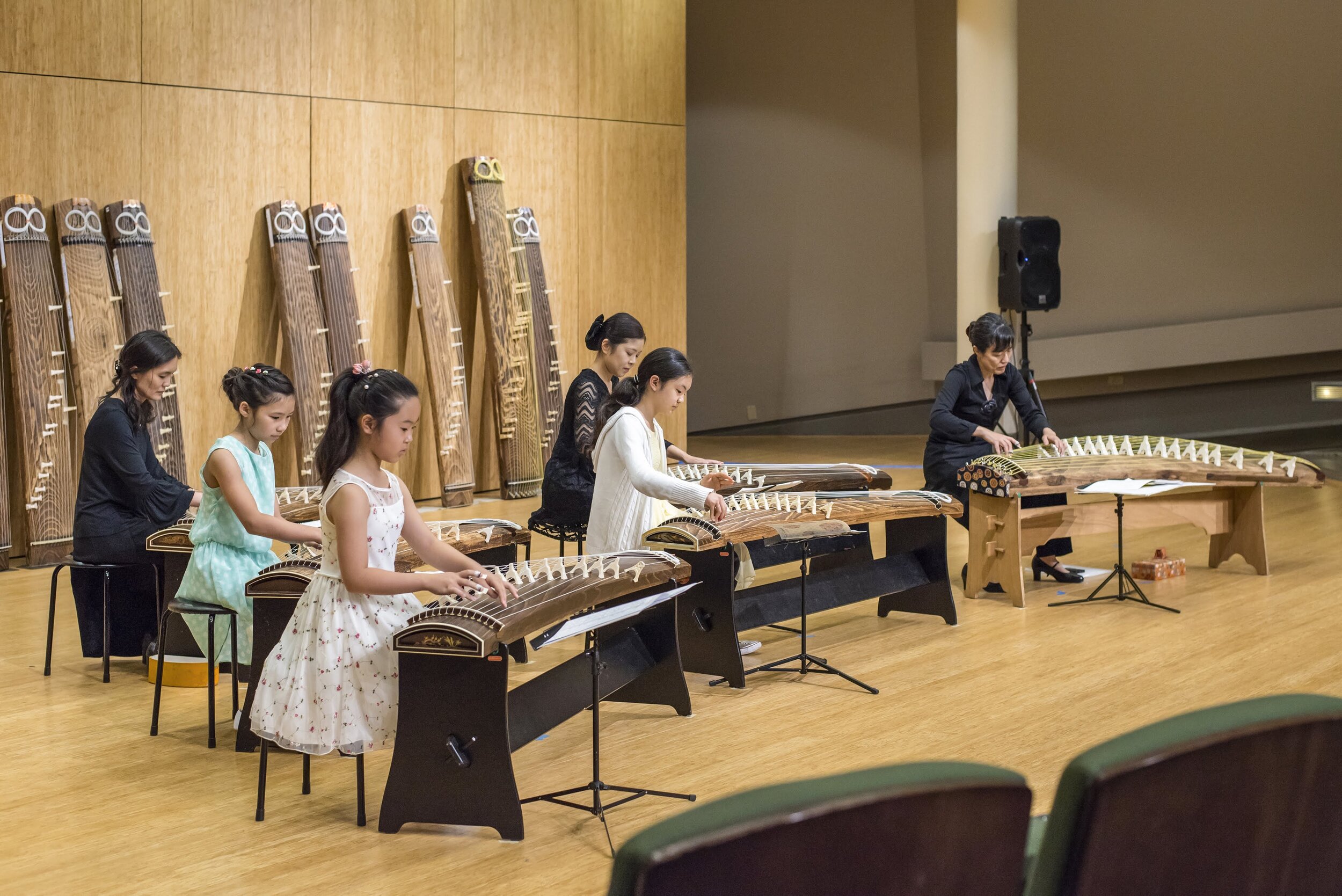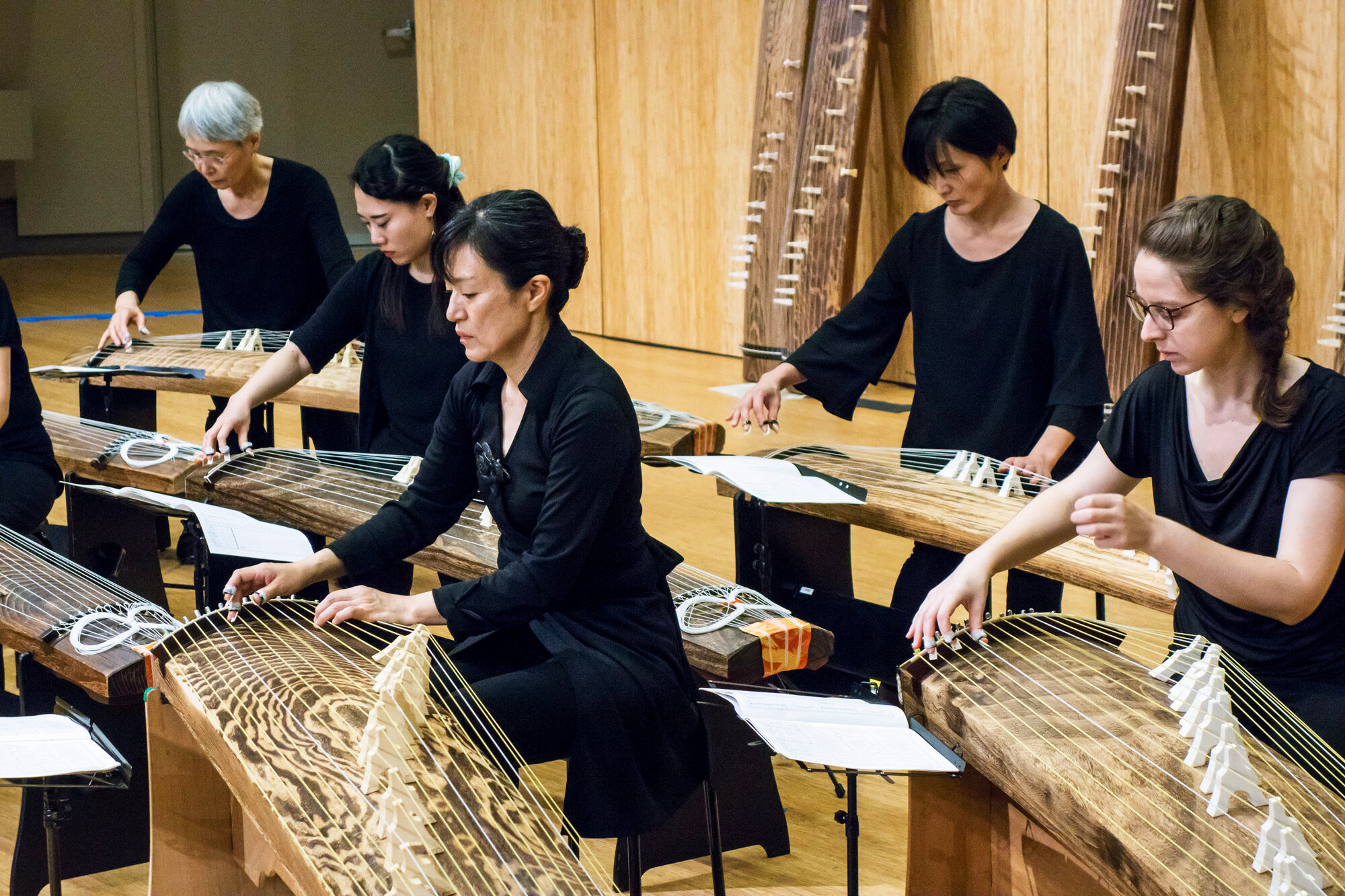About Oregon Koto-Kai

OUR MISSION
Tradition, Innovation
and Inspiration
Blending traditional and modern sounds of the Japanese koto, we inspire players and our community with musical performance and cultural collaboration throughout the Pacific Northwest.

How it all began
Oregon Koto-Kai was founded by koto master Mitsuki Dazai, who moved to Oregon in 2002. She immediately began playing her music at coffee shops, bookstores, Japanese restaurants and at local events. At the time, her humble tip box was the only monetary reward, but the real reward was the response of those who heard her music. She was soon busy performing at diverse events and giving lessons both in the Eugene and Portland areas.
In 2007, she performed with one of her students at the Asian Celebration in Eugene. This experience gave her the idea of forming a koto ensemble group. Mitsuki began to focus on ensemble lessons and named the group ‘Oregon Koto-Kai’. ‘Kai’ means an organization or gathering of individuals. The group held its first concert in November 2012 with only six members.
Oregon Koto-Kai is now 20 members strong, and is supported by a variety of organizations and individuals in the community. Playing members in Oregon Koto-Kai participate in individual and ensemble lessons, perform in spring, fall and winter concerts as well as other cultural events throughout the state of Oregon. The spring concert highlights more traditional koto music, and is often paired with players wearing traditional Japanese kimono. The fall concert is more contemporary, and showcases more modern koto music. The holiday concert is often paired with a winter story, and matches imagery in a narrative with koto songs. Through these performances, Oregon Koto-Kai seeks to introduce more people in the community to the beauty of koto.

The Koto
The koto is a 13-stringed Japanese zither made of kiri wood (paulownia), with movable bridges, allowing the instrument to be tuned to a variety of traditional and modern scales. Strings traditionally crafted of silk, are now made of tetron, which maintains a more stable sound, and makes it easier for ensemble performance.




